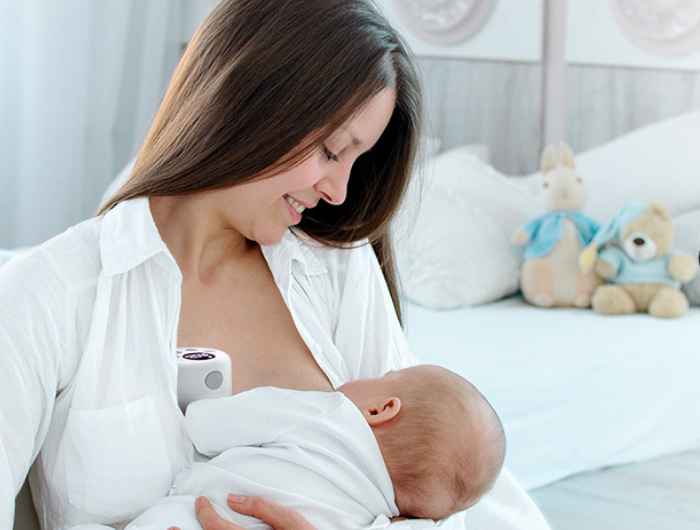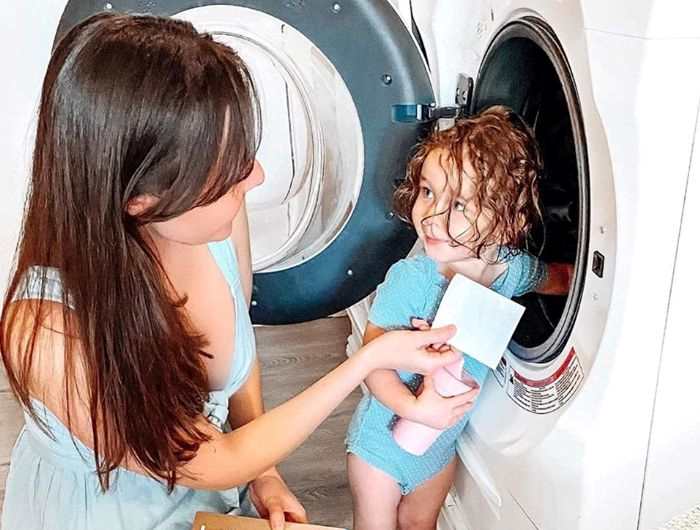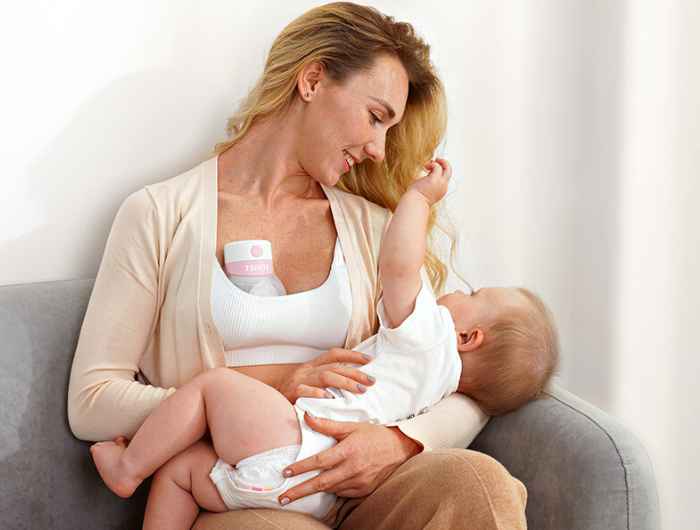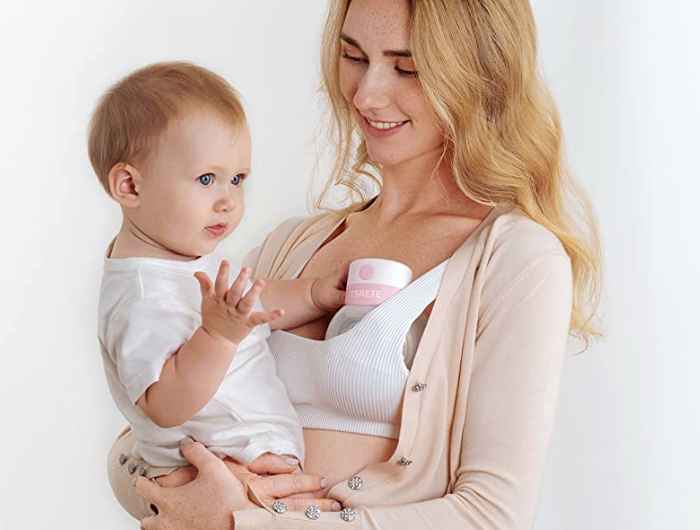Navigating the world of parenting can be a whirlwind of new experiences and hurdles, especially when it comes to feeding your little one. One question many new moms have is: "How to get a breast pump through insurance?" You’re probably juggling a thousand things at once, so let’s make this part a bit easier.
Thanks to the Affordable Care Act (ACA), obtaining a free breast pump has become much simpler for new moms. This legislation has made it possible for many insurance plans to cover the cost of a breast pump without any out-of-pocket expenses.
Whether you're in need of a hospital-grade pump due to a medical condition or prefer a double electric Medela for efficient pumping, your health plan may offer various options. It's essential to have the right insurance information and understand your coverage spectrum to determine what pumps you're eligible for.
Getting a wearable electric breast pump may simplify your life, letting you pump breast milk on the go. Plus, did you know that many health insurance plans actually cover breast pumps, including wearable ones? So let's dive into the steps and make sure you get what you need for your breastfeeding journey.
Understanding Your Insurance Coverage
Review Your Insurance Policy
First things first, you need to get familiar with your health insurance policy. Call your insurance provider or check their website to see what your plan covers. Some insurance companies have specific lists of approved breast pump models, so it's essential to know your options right off the bat. Be prepared with questions like: "Does my policy cover wearable breast pumps?" and "What brands and models are available?"
Example: Sarah, a mom of two from California, found that her plan covered a selection of pumps, including popular wearable options like the Willow and the Elvie. By checking her policy early, she avoided any surprises.
Get a Prescription from Your Healthcare Provider
Most insurance companies will require a prescription from your OB-GYN or pediatrician to process a breast pump claim. Don't worry; this is a pretty straightforward step. Just ask for the prescription during one of your routine visits.
Example: Jessica from Texas spoke to her OB-GYN during her second trimester, and they provided a prescription. This step saved her time when she was ready to order her pump later.
Choosing the Right Wearable Breast Pump
Research and Compare Models
Once you know what is covered by insurance, it's time to do a bit of research. Compare different types of breast pump models based on factors like battery life, noise level, comfort, hospital-grade and ease of cleaning. Customer reviews can be incredibly helpful here.
Example: Maria from New York used online forums and parenting groups to compare the Elvie and the Willow. She found that while both were highly recommended, the Elvie was quieter, which suited her needs better.
Contact a Durable Medical Equipment (DME) Supplier
Insurance companies often work with specific suppliers, known as DMEs, to provide medical equipment. You'll likely need to order your pump through one of these suppliers. Get a list of approved DMEs from your insurance company and reach out to them for availability and delivery options.
Example: Laura in Florida called her insurance-approved DME and ordered the Willow pump. The supplier handled all the necessary paperwork, making the process seamless.
Filing the Claim
Gather Necessary Documentation
To file your claim, you'll need to gather some documents. This typically includes the prescription, a copy of your insurance card, and a completed claim form. Check with your insurance provider for any additional requirements.
Example: Anna from Ohio had all her paperwork ready before her baby arrived. She found that having everything organized made the filing process quick and easy.
Submit Your Claim
Submit your claim form and documents as instructed by your insurance provider. This can often be done online, via mail, or even through a customer service portal. Make sure to follow up if you haven’t heard back within a few weeks.
Example: Emily from Washington submitted her claim online through her insurance provider's portal. She received confirmation within two weeks that her wearable pump was shipped.
Real-Life Tips From Moms
Timing is Everything
Try to start this process as early as possible, preferably during your second trimester. This ensures that you have your hands-free pump ready well before your baby arrives.
Example: Megan from Illinois started the process at 20 weeks and had her Elvie pump in hand by the time she was 30 weeks pregnant.
Lean on Your Mom Tribe
Don't hesitate to ask for advice from other moms. You’ll find a wealth of knowledge and tips that can make the process smoother.
Example: Rachel from Vermont joined an online mommy group, which provided invaluable insights and support when choosing and ordering her pump.
Conclusion
Getting a free breast pump through insurance doesn’t have to be stressful. By understanding your policy, gathering the necessary documents, and choosing the right supplier, you can simplify the process and focus on what really matters—nurturing your baby. Remember, you’re not alone in this journey. Reach out to other parents and healthcare providers for help and advice.
Thank you for reading Mother Bear Reviews, your favorite parenting blog!








